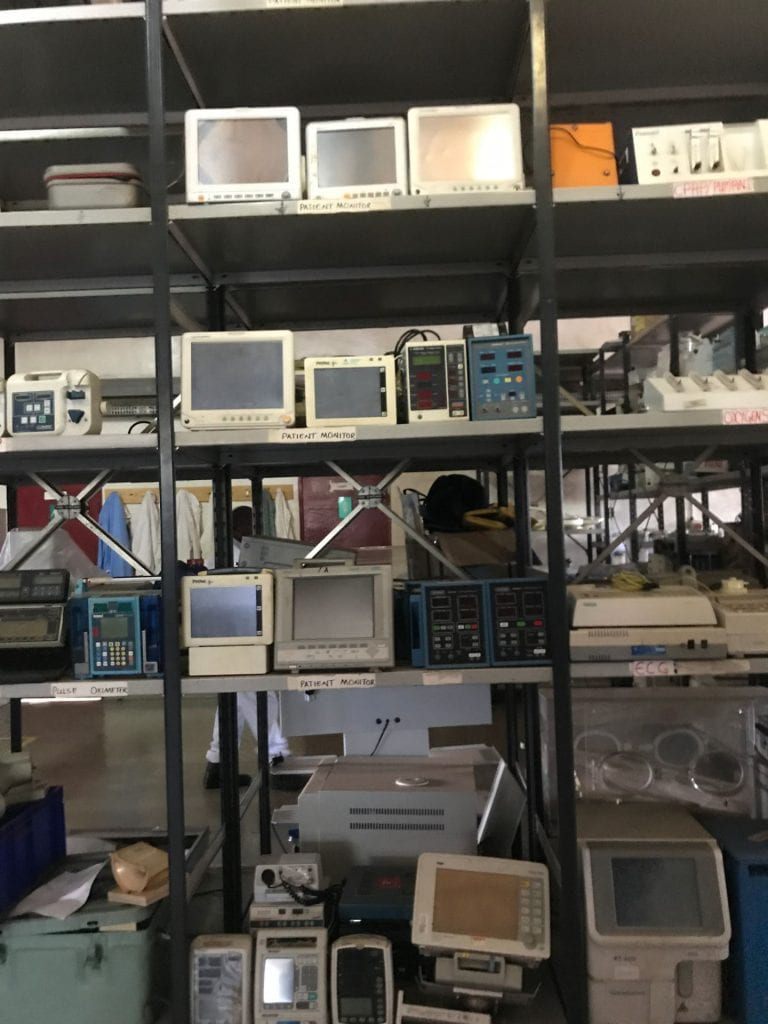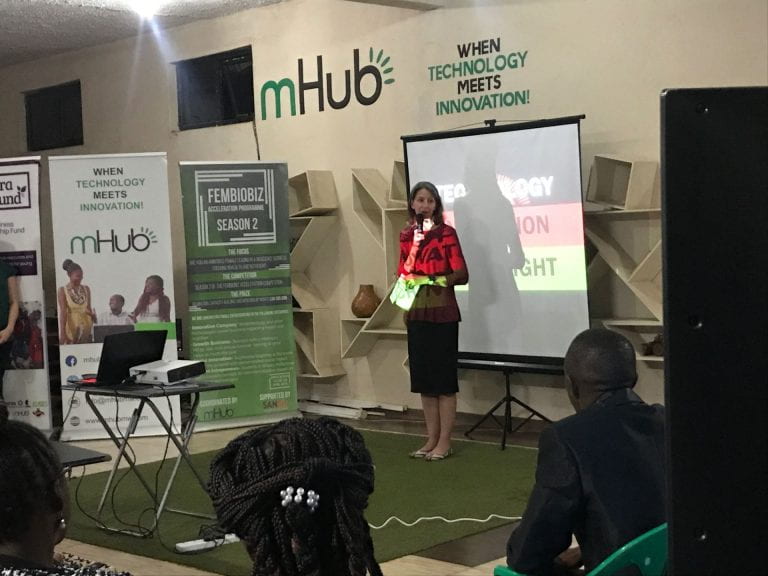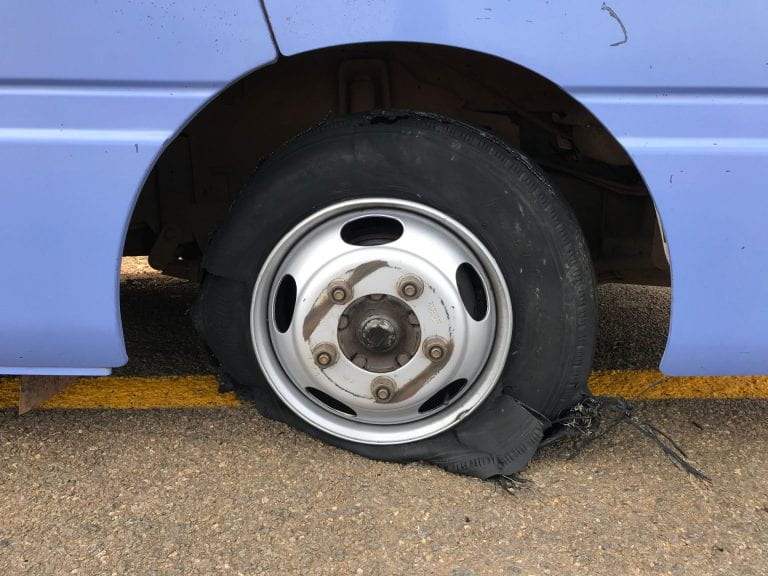This week all 19 summer interns (16 from Poly Design Studio + 3 from Queens CPAP Office) piled onto a bus and travelled 5 hours to Lilongwe, the capital city of Malawi. The streets of Lilongwe, just like Blantyre, were lined with bustling markets selling everything from fresh fruits and vegetables to colorful chitenge cloths. As soon as we arrived, we checked in to the Bridgeview Hotel and rested in preparation for a busy day…
The main purpose of our visit was to attend the Malawi Technology Innovation Pitch Competition on June 27th, but since the competition was in the evening we were able to squeeze in a visit to Physical Assets Management (PAM) at Kamuzu Central Hospital. We were greeted by Mr. Pius Chalamanda, an incredibly dedicated medical engineer at PAM, who was nice enough to answer all our questions for 2 whole hours AND give us a walking tour of PAM so we could learn about the challenges they face with maintaining and repairing broken medical equipment. I got to ask a lot of questions about patient monitors (which was useful for both the projects I am working on – a Maternal Monitoring Device here at the Polytechnic and a Neonatal Temperature Monitor for Kangaroo Mother Care back at Rice). One of the main issues with patient monitors, I learned, is the probes – SpO2 probes, temperature probes, ECG probes. They are super fragile and break easily even when handled carefully. Up until now, I was only aware of the infamous battery problems in almost all patient monitors. I’ve been so focused on ways to make our device rechargeable, that the probes never even crossed my mind. This new information about the fragility of probes definitely provides a new angle to pay attention to as I continue working on both of my projects.

Overall, I learned that the challenges faced in PAM can be summarized into 5 main categories:
- Understaffing
- Spare parts and consumables are difficult to procure
- Lack of diagnostic tools (to test the functionality of medical equipment) and servicing tools (to fix broken medical equipment)
- Language barrier (when trying to install / service donated equipment whose manuals are often in different languages)
- DUST and MOISTURE significantly reduce the lifespan of nearly all medical equipment
The visit was enlightening and everyone we met at PAM was so dedicated and hardworking. Hearing them talk about all these challenges made me realize the importance of creating medical devices that are durable, sustainable, and easy to repair (paying special attention to ensure that spare parts/consumables are locally available). Although many of these challenges initially seemed difficult to tackle because of financial constraints, I left PAM with my mind full of ideas for new projects that Rice 360 could take on to help make the maintenance and repair of medical devices a much more efficient process.
Later that evening we dressed ourselves up in business casual and headed to the Pitch Competition hosted by mHub, an innovation space in Lilongwe. The competition consisted of 10 teams of student engineers in Malawi presenting exciting innovative technologies in a short 3-minute pitch. One team presented a voice-to-text application for sign language in order to bridge the communication gap between people who can and can’t hear. Another team presented a low-cost, solar-powered water filtration device that used UV light to eliminate bacteria. My personal favorite was a low-cost cold chain box to transport blood vaccines and diagnostic samples from rural areas in Malawi to central hospitals. The team that presented this device has already sent a prototype to FIND, a non-profit in Geneva specializing in diagnostic tools for low-resource settings. I’m so excited to see where they go from here!!

After the presentations, we got the chance to mingle with the student teams and it was so amazing and humbling to be among some of the most talented student engineers and in Malawi. I got to talk to donors from the Lemelson Foundation and partners of NEST 360 about both of my current projects and it was all so exciting. We also got to catch up with Dr. Richards-Kortum, Dr. Oden, Georgia, and Raj from Rice 360! 🙂
The whole night felt kind of magical. It reminded me how grateful I am to be a part of this global health community. I distinctly remember looking around the room and feeling inspired, realizing that each one of us comes from a totally unique background: there were people from the US, the UK, Tanzania, Malawi, India. We’ve all grown up with different experiences and have been exposed to different standards of health care, but one thing brought us all together: our passion for improving health outcomes across the globe, our passion for helping people across the globe. Now more than ever, I’m certain that this is what I want to do with my life.
As always, here are some bonus pictures! This weekend, we hiked Zomba Plateau (it was around 3 hours, so just a casual warm up for when we finally hike Mount Mulanje! 😉 )



— Nimisha 🙂